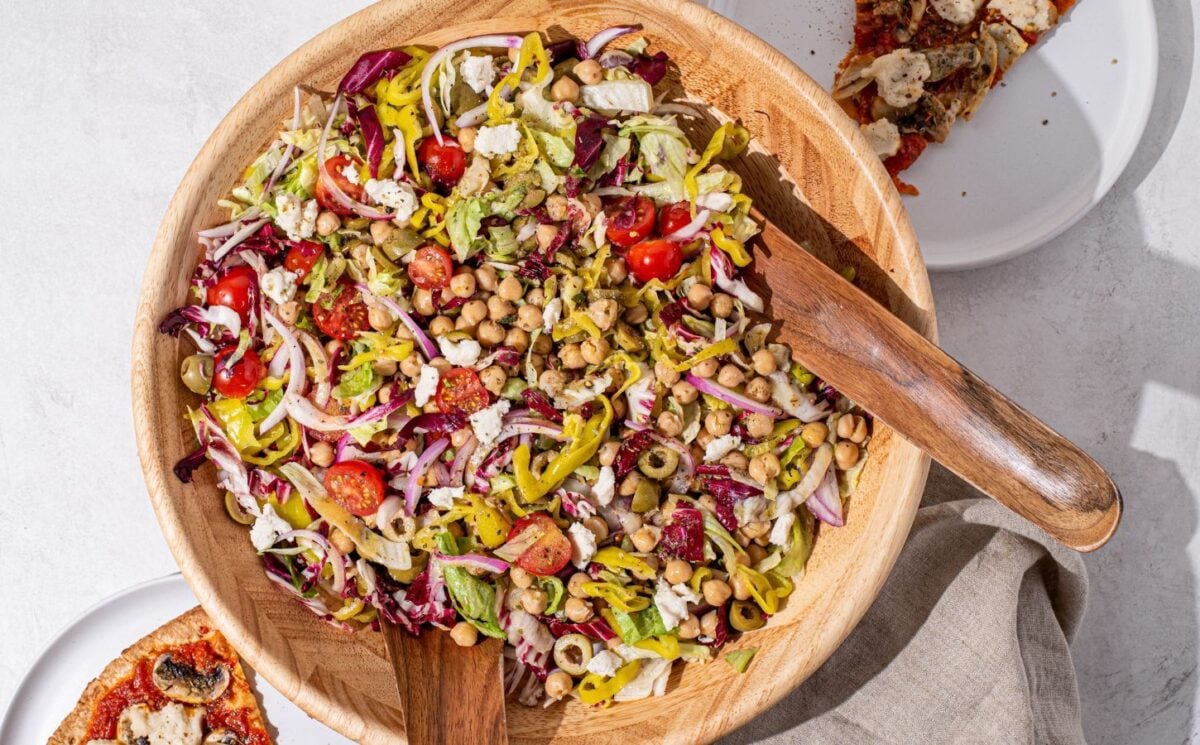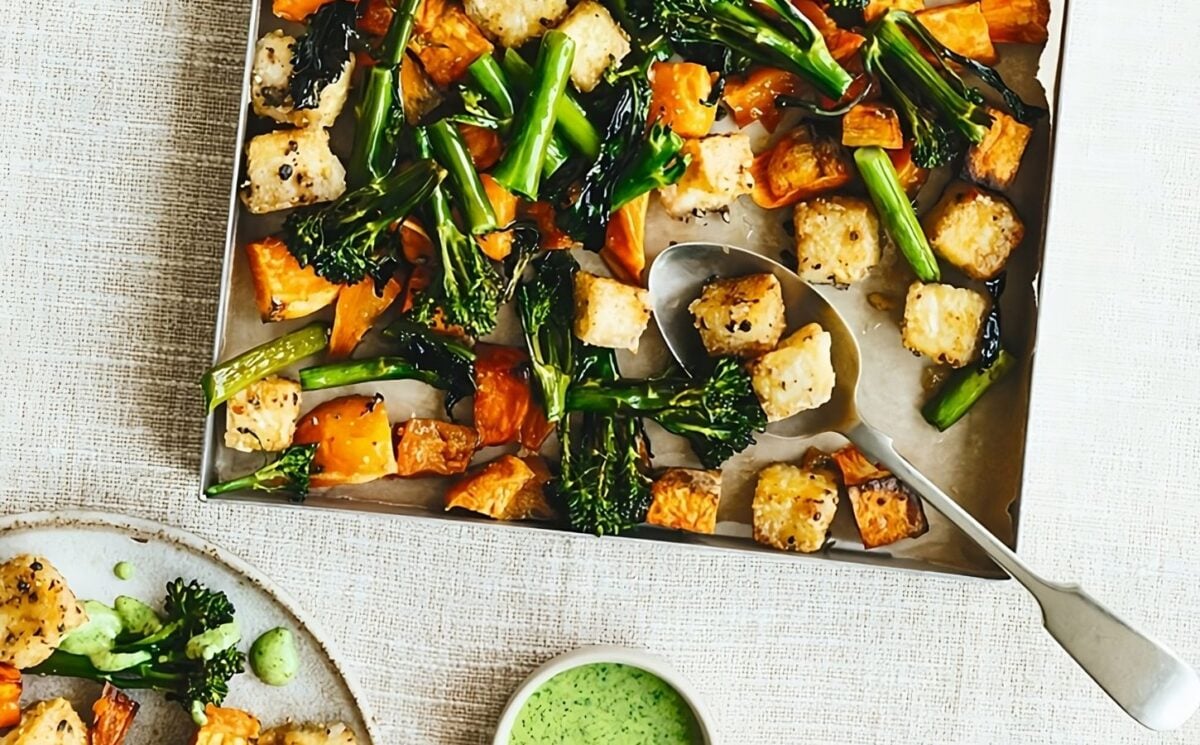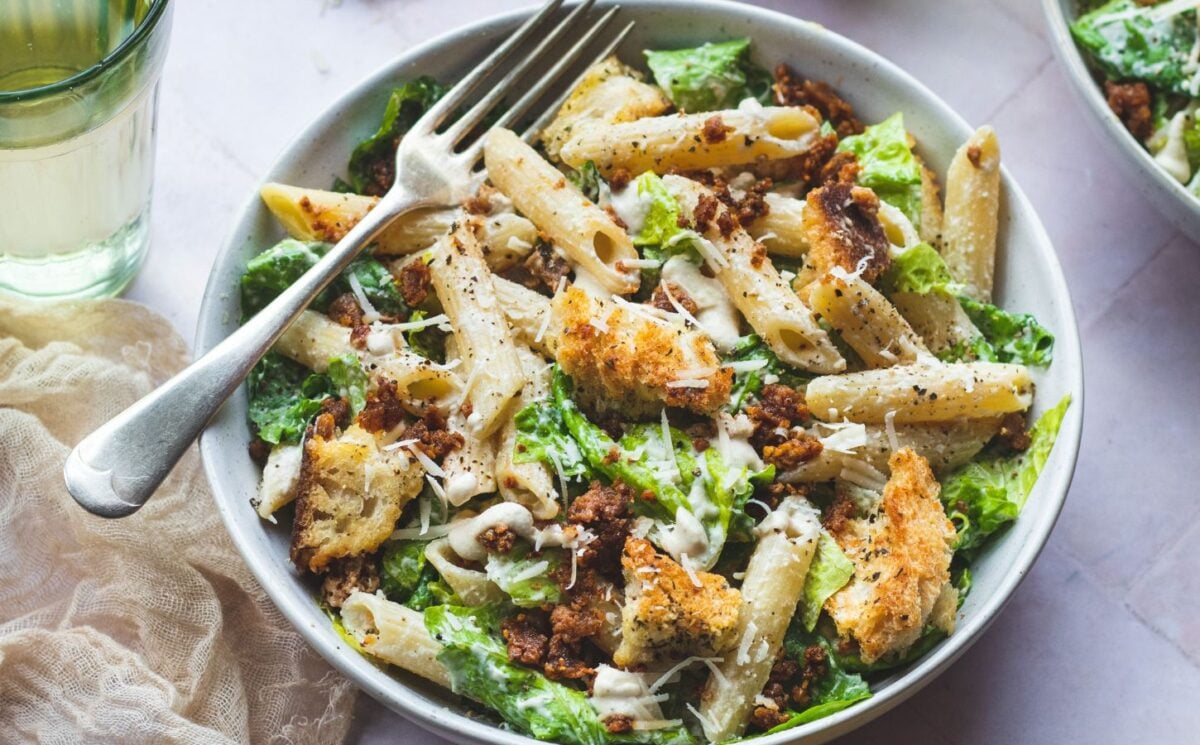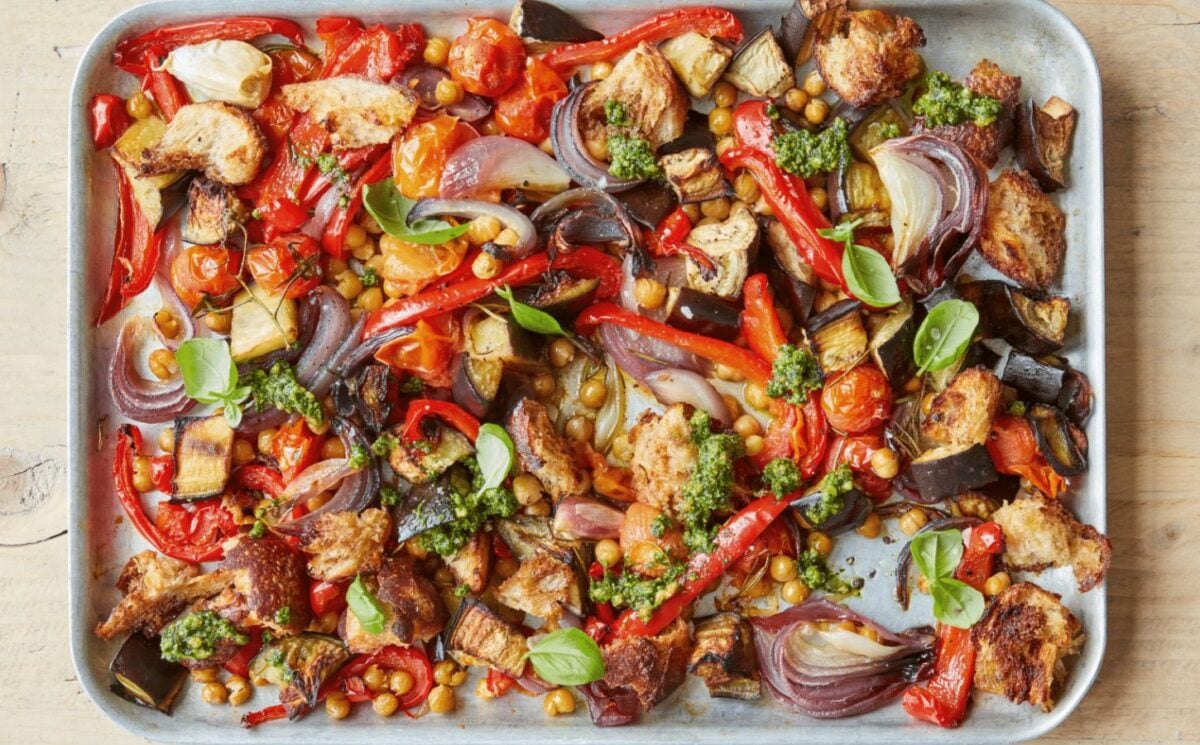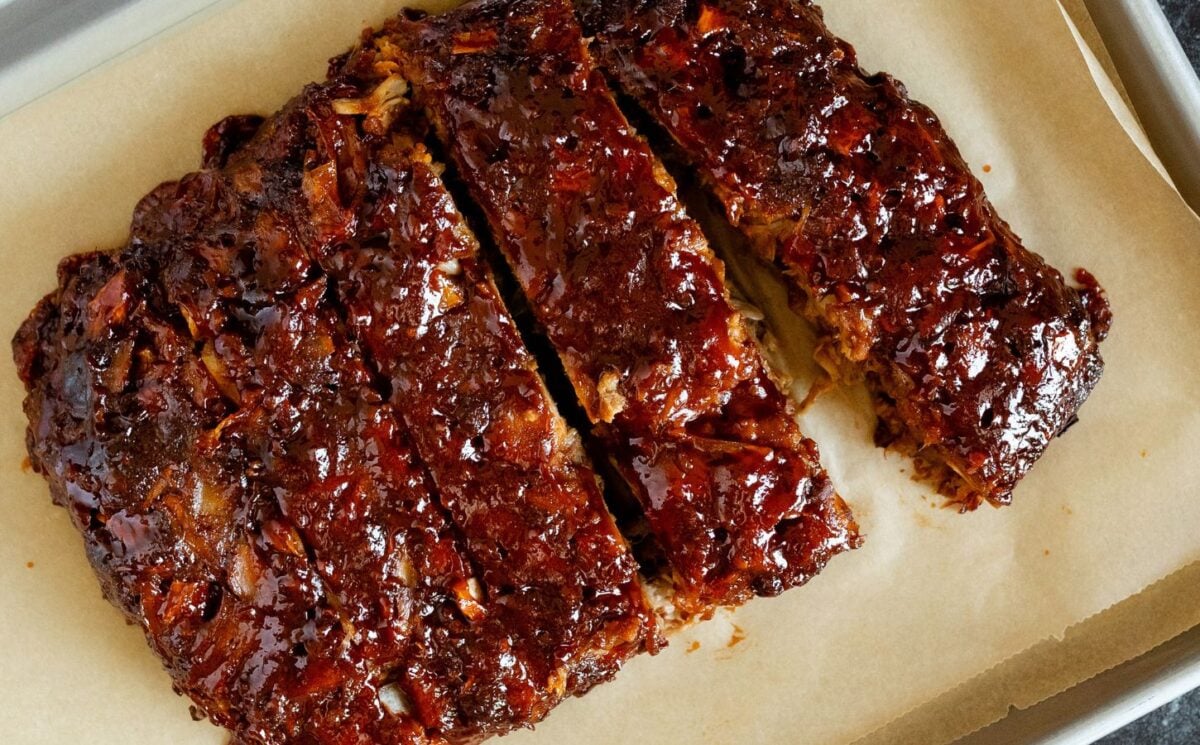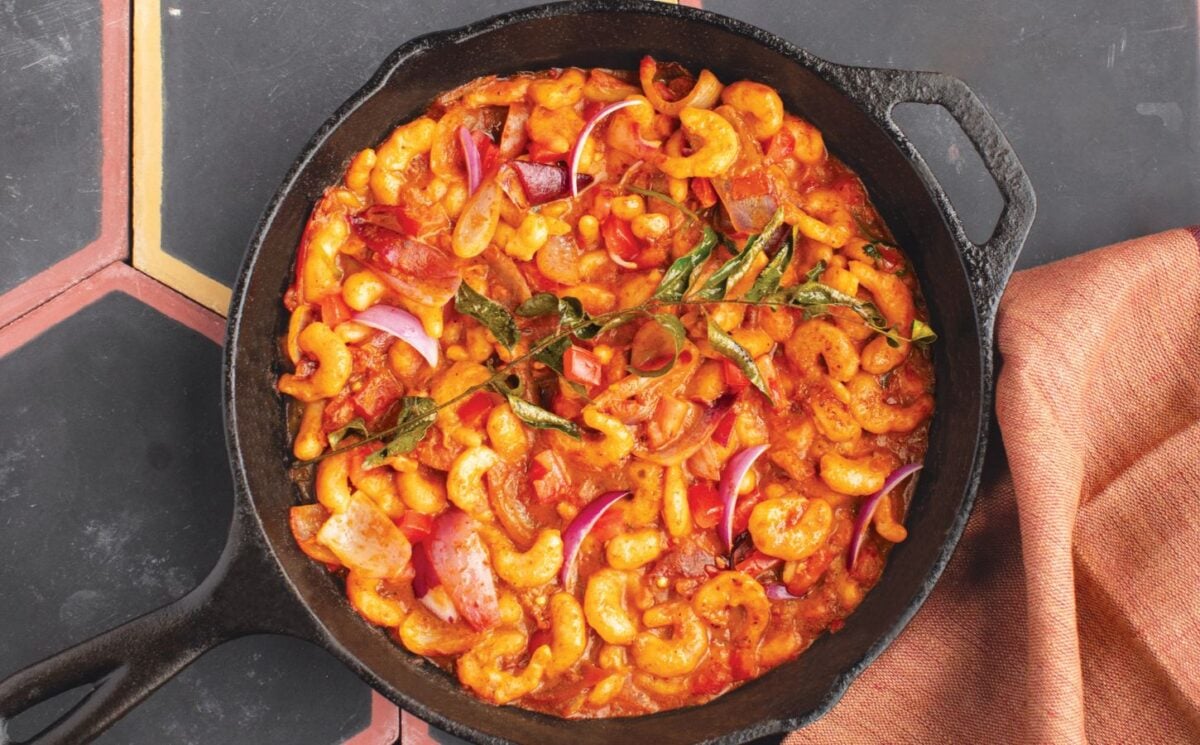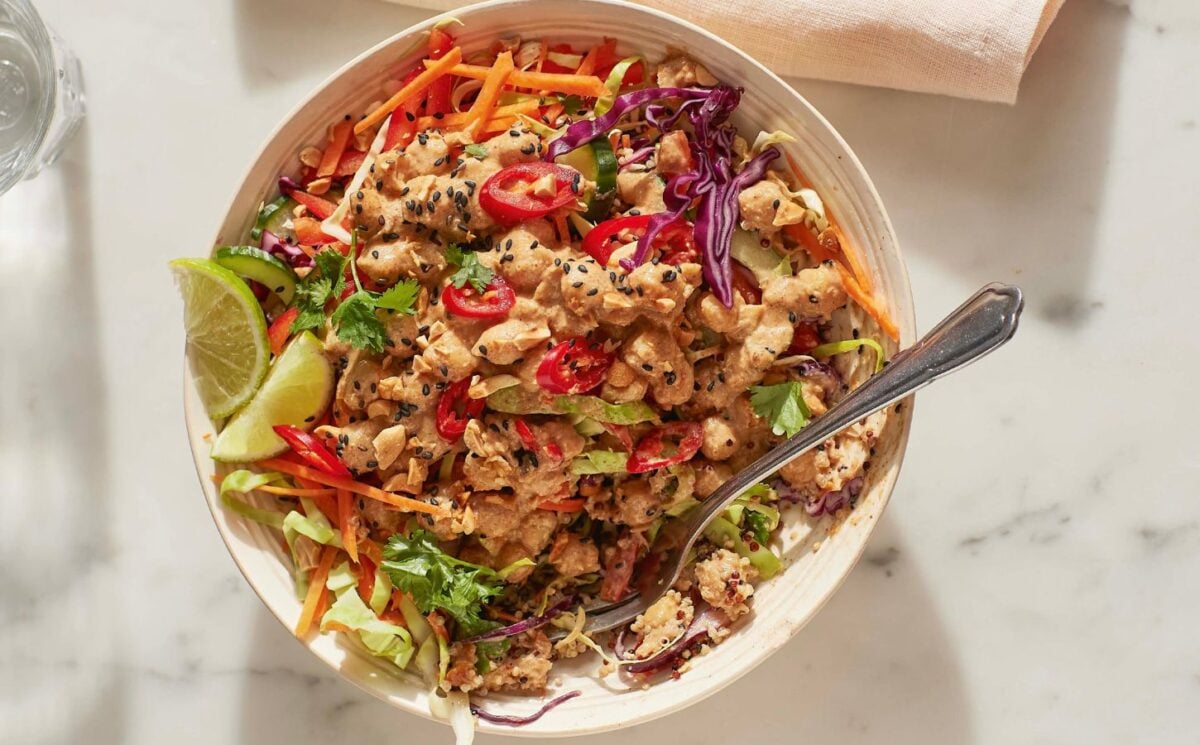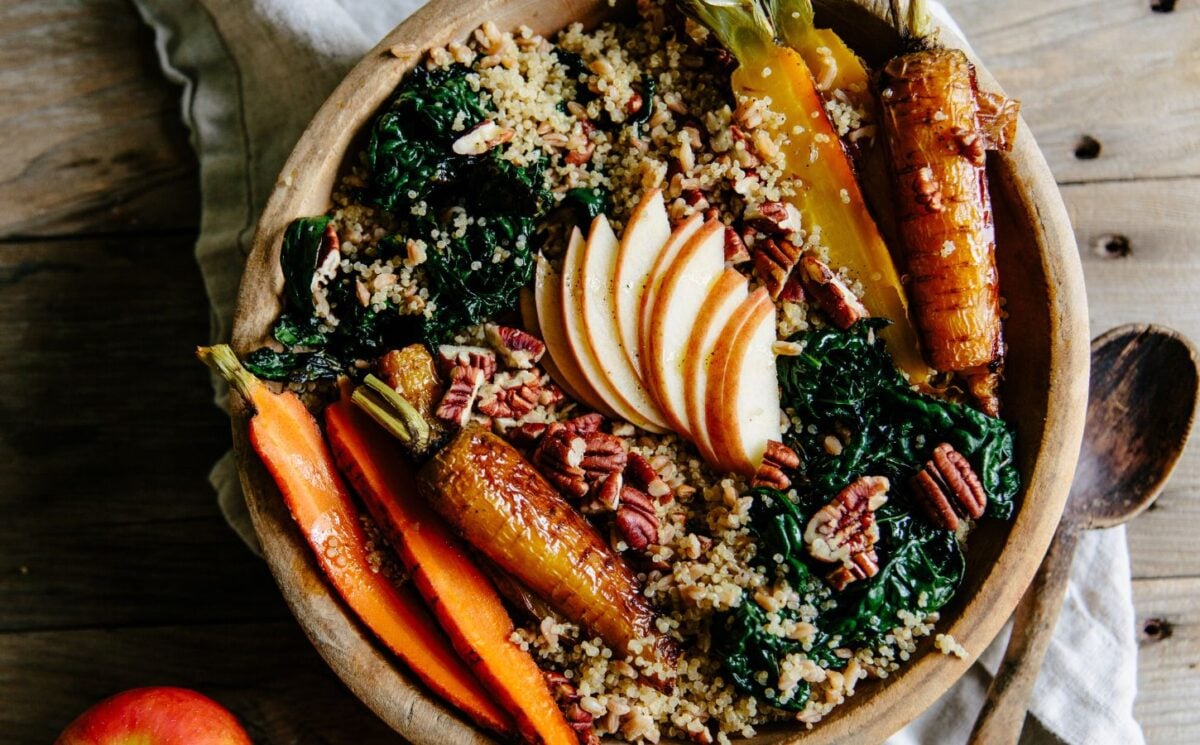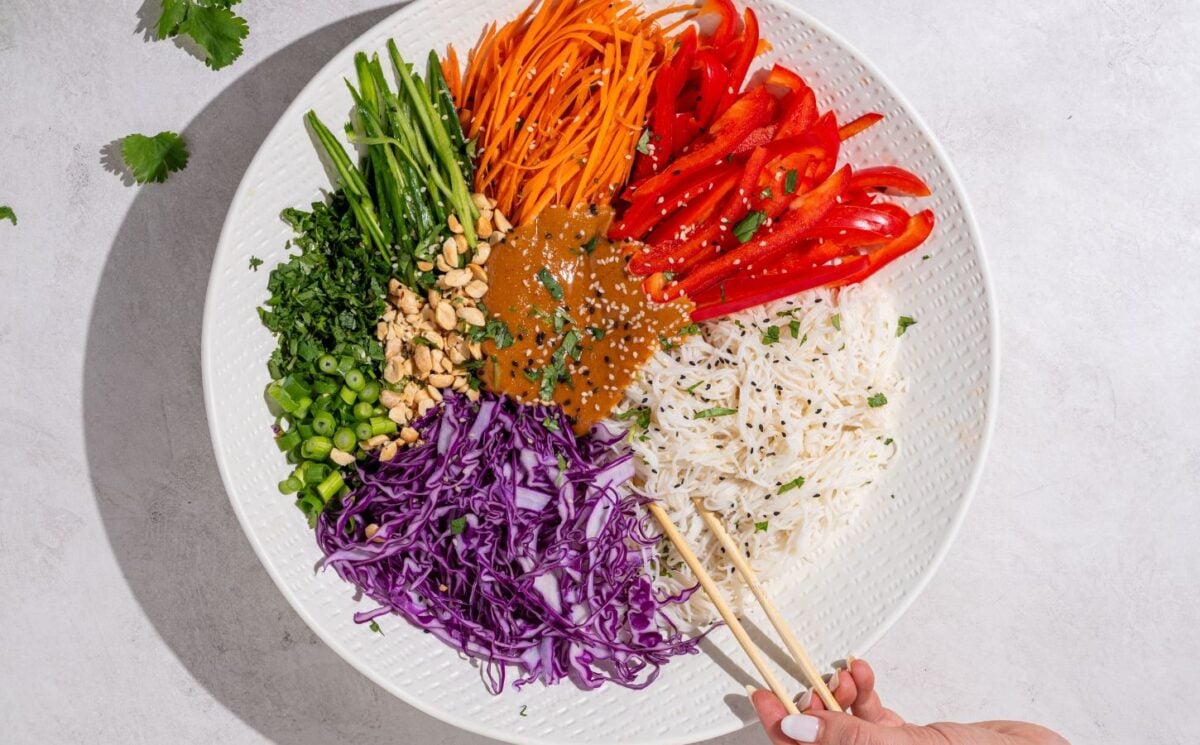From vegoutmag.com/lifestyle
By Jordan Cooper
Going vegan isn’t just a food choice—it’s a full-body remix, a social shift, and a mind-bending taste test. Here’s what really happens in those first 30 days
When I first went vegan, I thought I was ready. I had the almond milk. I had the tofu. I had the documentaries queued up and the fridge cleansed of every trace of dairy. But no one warned me about how weirdly emotional I’d get standing in the cheese aisle. Or how my taste buds would straight-up riot before making peace.
The first month of going vegan is a crash course in cravings, identity, biology, and—yes—some late-night label-reading marathons that will have you questioning what even counts as food. Here are 9 things nobody tells you about your first month of plant-based living (but I’m here to spill the oat milk).
1. Your gut is going to throw a party. And maybe a protest.
Let’s talk fibre. If your pre-vegan diet looked like a grilled cheese dreamscape, your microbiome is about to meet its match. Lentils, chickpeas, kale—all that fibre is great in theory, but your gut bacteria need time to adjust.
In week one, bloating can make you question your life choices. Your digestion is adapting to more plant matter than it’s seen in years. The good news? Most people report that after two weeks, they’re more regular than a Swiss train schedule. The bad news? You may need to cancel that second-date ramen night.
2. You’ll grieve certain foods like lost lovers.
I found myself wandering the grocery store like I was in a breakup montage. I wasn’t hungry—I was mourning. Brie, butter chicken, and those absurdly cheesy microwave snacks? Gone.
And it’s not just the taste—it’s the memories. That mac and cheese your mom made when you were sick? The birthday cake ritual? You’ll miss them in strange, sentimental ways. But hang tight. Eventually, your palate (and your emotions) recalibrate.
3. You might feel amazing—or completely off—for a while.
Some new vegans report feeling euphoric, light, and “clean” within days. Others? Sluggish, foggy, and cranky. The variance usually comes down to what you’re eating (yes, Oreos are vegan, but no, they don’t count as fuel).
Without enough protein, iron, or B12, your energy can tank fast. So while your intentions might be green, you need to make sure your meals are balanced. A diet of hummus and toast will not sustain you, friend.
Pro tip: Track your nutrients. And if you're like me and think Google Sheets is sexy, build yourself a daily food log.
4. The learning curve for ingredients is WILD.
Day 7: You’re in line at the cafe, wondering why your latte tastes “off.” You double-check the milk: oat. All good. But the cookie? Surprise—contains whey protein isolate.
It’s like ingredient whack-a-mole. Casein, gelatine, cochineal (crushed bugs in candy, no joke)—they’re lurking. You become a decoder of food labels, a midnight researcher of E-numbers, and a person who whispers “wait…is this vegan?” at least 30 times a week.
5. You’ll become a home chef—even if you weren’t before.
Before I went vegan, I thought “cooking” meant heating up Trader Joe’s frozen dumplings and dusting them with sesame seeds like a Pinterest pro.
Now? I ferment cashew cheese on Sundays. I whip aquafaba (chickpea brine) into meringue like it’s no big deal. Going vegan nudges you into your kitchen because takeout gets complicated and expensive, and honestly, homemade tastes better once you get the hang of it.
Pro tip: Batch-cook. Make double portions of curry, chili, or stir-fry and freeze the extras. Future you will cry grateful tears.
6. You’ll annoy people without meaning to.
“Wait, so you don’t eat any cheese?”
“You can’t even have eggs?”
“Where do you get your protein???”
You’ll field questions like you’re a contestant on a vegan game show. But here’s the tricky part: even if you don’t bring it up, your food choices make some people defensive. I once ate tofu in silence at a barbecue and someone felt compelled to tell me how “we’re biologically meant to eat steak.”
Your job isn’t to convert anyone. Just vibe. Trust me—curiosity always lands better than confrontation.
7. You’ll discover new flavours—and fall hard.
Here’s the cool twist: your taste buds evolve. By week three, I was obsessed with roasted cauliflower, tahini everything, and miso-glazed mushrooms. Things that once seemed “meh” are suddenly flavour bombs.
Your palate becomes more sensitive. Salty, sweet, umami—they all shine brighter. You’ll find yourself craving things like baked sweet potatoes with peanut sauce and pickled veggies on toast. Welcome to the flavour renaissance.
8. Restaurants will become treasure hunts.
Some cities are vegan havens. Others? Not so much. But even in the most steak-forward towns, there are often hidden gems—Vietnamese joints with killer tofu pho, Indian buffets full of lentil love, or burger spots that carry the Impossible patty if you just ask.
But be prepared: sometimes your only option will be fries and a side salad. That’s when snacks in your bag become essential survival gear.
My go-to? Dried mango, roasted almonds, and a protein bar that doesn’t taste like punishment.
9. You’ll start to question more than just food.
This one hit me the hardest.
Once you stop and really see where your food comes from, it’s hard to unsee. Your food choices feel political. Ethical. Emotional. You start asking bigger questions. How is clothing made? What’s in my shampoo? Who made the chocolate I’m eating?
Veganism has a way of pulling a thread that unravels much more than your diet. You might not change everything—but you will notice more. And that noticing? It stays with you.
Final Thoughts: The First Month is a Journey—Not a Test
You don’t have to be perfect. You will probably mess up (hi, honey in your favorite granola bar). You’ll get hungry in weird places. You might dream about bacon. That doesn’t make you a failure.
It makes you human.
The first month of going vegan is wild. It’s beautiful. It’s frustrating. And it’s deeply personal. But if you’re open to it, it can also be the beginning of something transformative—not just for your health, but for how you move through the world.
One bite at a time.
https://vegoutmag.com/lifestyle/gen-9-things-nobody-tells-you-about-the-first-month-of-going-vegan/


